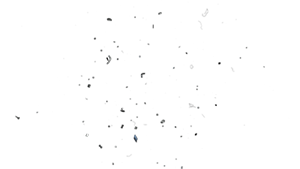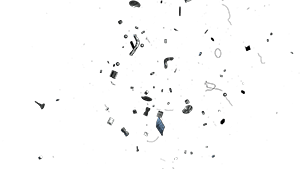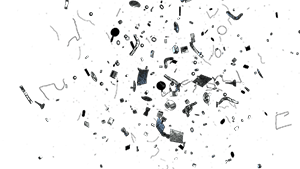







Kaspersky supports space debris clean-up
There are over half a million pieces of debris in near-Earth space. To make it possible for people to keep exploring space, mankind needs to reduce this type of pollution over the coming years.
Kaspersky is concerned with clearing up near-Earth orbit from debris to make space exploration safe for future generations. The company, aiming to draw attention to the growing issue, has supported a startup StartRocket in developing a technology that can solve this environmental concern.
Foam Debris Catcher
Developed by StartRocket, a team of space and chemical industry experts, FDC is a spacecraft series created to help us clear the way to distant frontiers for future generations. Within a few years, it is set to become a new affordable technology for destroying space debris.
A small satellite is delivered into orbit either as the main or additional cargo. When approaching the cloud of space debris, it releases foam, which absorbs the pieces of space debris. Later, the satellite falls from orbit due to the aerodynamic drag and burns up in the dense layers of the atmosphere.
Specifications
Weight
50 kg
Diameter
300 - 1000 m
Launcher
«Frigate»
On-board computer
Space graded foam
Extrusion nozzle for foam forming
Upper stage separation system
What makes the solution different?
All existing solutions for the collection of space debris are complicated and expensive (nets and magnets), and some resemble weapons (lasers and harpoons), which are prohibited in space.
The advantages of the StarRocket product:

there is currently a large amount of orbiting space junk, which requires a simple, affordable, scalable solution

the docking problem is solved — it doesn’t require any sophisticated devices with a high risk of fracture, the foam increases the docking area and allows docking with an uneven surface at high rotation speeds
Why is Kaspersky supporting the project?
By supporting StartRocket, Kaspersky aims to raise awareness about space waste, as well as to draw global attention to fresh technological projects with huge potential. Within the framework of the partnership, Kaspersky has supported the project at the preparation stage, including the development of technical documentation, as well as providing information support for the project so that as many people as possible can learn about its goals.
Project timeline






